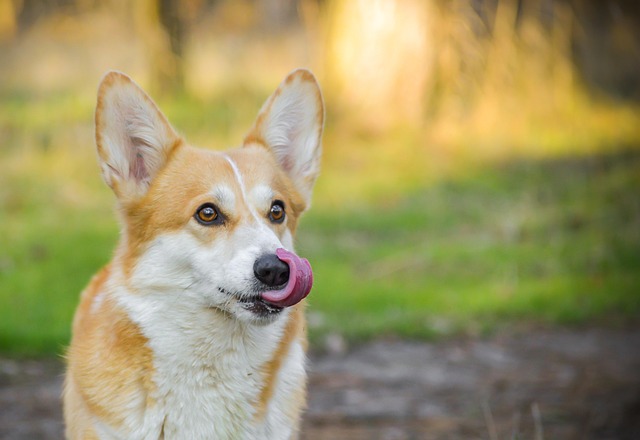
How do i train my dog to be obedient?
Watching your dog dart across the park ignoring your calls isn’t just frustrating—it can put them at risk near busy streets or public spaces.
Is it possible to potty train a dog in 7 days? While social media might boast about quick fixes, the truth is a bit more complex. Let’s dig into the biology, practical steps, and cultural factors that shape this process for pet owners across Europe and America.
Biologically speaking, puppies under 12 weeks old typically can’t hold their bladder for more than 2 to 3 hours, so expecting a full training breakthrough in seven days is a tall order—especially for younger pups. Older puppies (16+ weeks) or adult dogs might adapt faster, but consistency remains king. The key is to establish a rock-solid routine: take your dog out every 90 minutes, right after meals, and as soon as they wake up. In urban areas, this means navigating apartment building rules or local leash laws—always stay on top of public space regulations to avoid fines, which can hit $250 in some Western cities. Skipping this step isn’t just a headache; it’s a cultural no-no in neighborhoods where responsible pet ownership is a shared norm.
Positive reinforcement is non-negotiable here. Reward each successful bathroom break with high-value treats (think chicken or cheese), excited praise, or a quick game. This approach lines up with the animal welfare mindset widespread in Western cultures, where punishment-based methods (like yelling or rubbing a dog’s nose in accidents) are major no-nos. Harsh tactics can trigger anxiety, leading to more accidents instead of progress. Make the designated potty spot—whether your backyard or a specific park area—a positive space where your dog associates success with good vibes.
Cultural norms play a hidden role too. In areas with strict noise ordinances, early morning or late-night outings need a gentle touch to avoid bothering neighbors. Some cities even have designated "pet relief areas" in parks, so getting to know local guidelines helps both training and community harmony. For apartment dwellers, puppy pads can be a temporary fix, but most building leases require outdoor training long-term, and relying on pads too much can confuse your dog. It’s all about blending your dog’s needs with the rules of where you live.

Here’s a pro tip: keep an eye out for subtle signals. Sniffing the ground, circling, or whining are classic signs your dog needs to go. Catching these cues and moving fast reinforces the right behavior. But don’t sweat setbacks—even well-trained dogs can have off days due to stress or illness. In Western pet culture, it’s totally normal to call a vet if issues stick around, since urinary problems can look like training lapses.
So, is seven-day potty training possible? For some older dogs in stable environments, you can lay a solid foundation—but perfection is a stretch. The real goal is to build a routine that meshes your dog’s biology with local laws and social expectations. With dedication, you can start seeing progress within a week, but full reliability usually takes 3 to 4 weeks. It’s not about speed; it’s about creating a balanced, law-abiding bond with your furry friend.

Watching your dog dart across the park ignoring your calls isn’t just frustrating—it can put them at risk near busy streets or public spaces.

New puppy owners often find themselves rushing to clean up accidents before they set in, and that’s where puppy pad training becomes a game-changer.

If you've noticed your dog's waistline disappearing and your veterinarian has mentioned those few extra pounds, your first instinct might be to simply reduce the amount of food in their bowl.

Training a dog to use a designated spot indoors isn’t as daunting as many new owners fear, but it does take consistency and an understanding of your pet’s needs.

That moment of dread on a walk is all too familiar for many new dog owners. You see another dog approaching down the sidewalk of your neighborhood

If the sight of another dog on your neighborhood walk makes your heart sink as your own dog erupts into a frenzy of barking and lunging, you're not alone.